
Firstly, Penjing is the art of small scale natural landscapes. This is done through the partnering of bonsai and ornaments to create a carefully crafted scene. These scenes are representative of the rich Chinese culture. They capture the spirit of nature through contrasts, aspects of Chinese poetry and visual arts. The beautiful landscapes often include bonsai, detailed carved rock, miniature figurines, temples. They are finished by their placement into a decorative, hand-painted pot which sets them aside from ordinary potted plants.
These scenes are highly representative of Chinese culture both historically and philosophically. Historically, the first documents containing descriptions of miniature landscapes are found from the Tang dynasty times (~AD 618). However, the art of creating miniature landscapes predates the 3rd and 4th centuries in China. There are legends of Taoists having had the ability to resize large landscapes into a potted size.
Finally, Penjing is also influenced by Chinese philosophy, particularly the principles of Taoism, including that of the yin and yang concept; the belief the universe is governed by that of two primal (balanced) forces. It’s this concept of balance which is experimented with in bonsai garden landscapes; playing upon the contrasts of denseness and sparseness, the straightness of the tree versus its twistiness, and its size and shape.
-
 Perfectly Paired Chinese Elm Indoor Twin Bonsai | Father & Son Bonsai
Perfectly Paired Chinese Elm Indoor Twin Bonsai | Father & Son Bonsai -
 Zesty Pepper Bonsai Tree with Fresh Foliage & Bridge of UnityProduct on sale£99.99
Zesty Pepper Bonsai Tree with Fresh Foliage & Bridge of UnityProduct on sale£99.99 -
 Woodland Twin Indoor Chinese Elm Bonsai with Bridge of Unity£125.00
Woodland Twin Indoor Chinese Elm Bonsai with Bridge of Unity£125.00 -
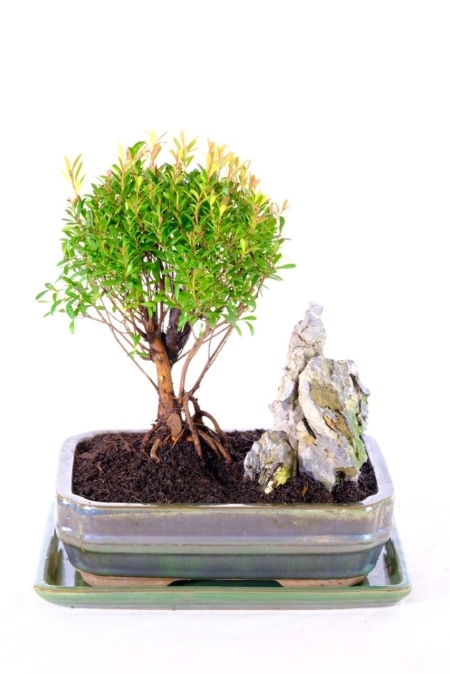 Bonsai Landscape | Summer Flowers & Autumnal Fruits with Rock Landscape – Ultimate Bargain!Product on sale£65.00
Bonsai Landscape | Summer Flowers & Autumnal Fruits with Rock Landscape – Ultimate Bargain!Product on sale£65.00 -
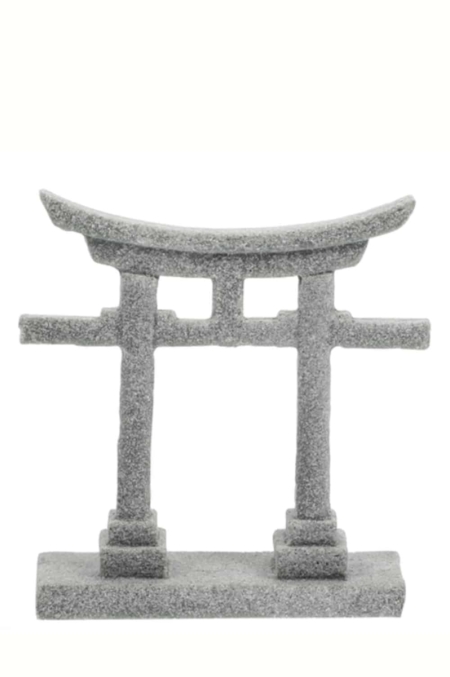 Miniature Sandstone Effect Torii Gate for Bonsai Zen Garden | Authentic Japanese Design£9.99
Miniature Sandstone Effect Torii Gate for Bonsai Zen Garden | Authentic Japanese Design£9.99 -
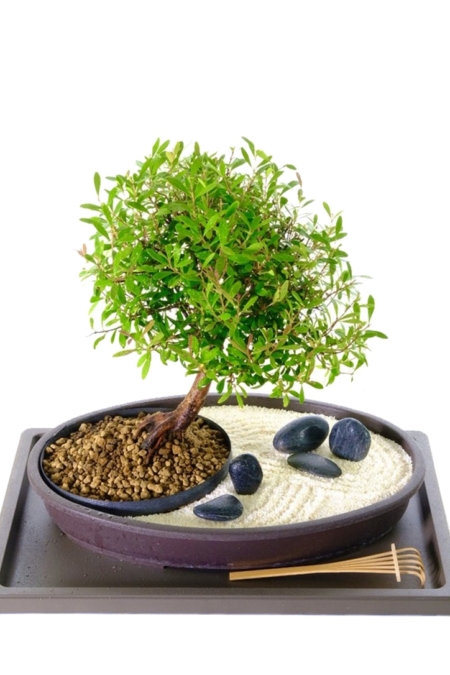 Zen Bonsai Garden – HARMONY£75.00
Zen Bonsai Garden – HARMONY£75.00 -
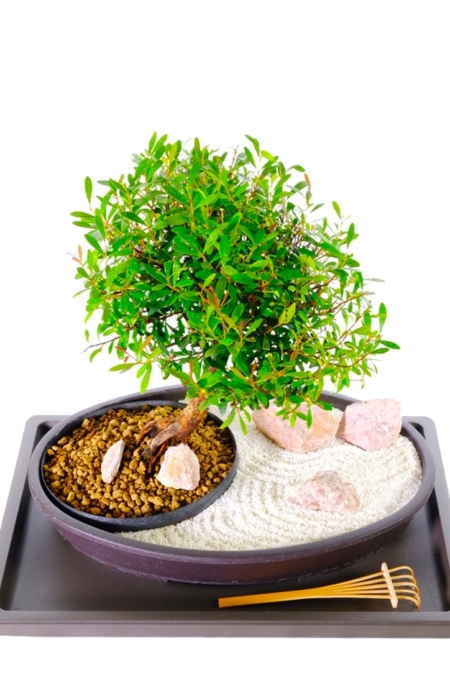 Zen Bonsai Garden – TRANQUILLITY£75.00
Zen Bonsai Garden – TRANQUILLITY£75.00 -
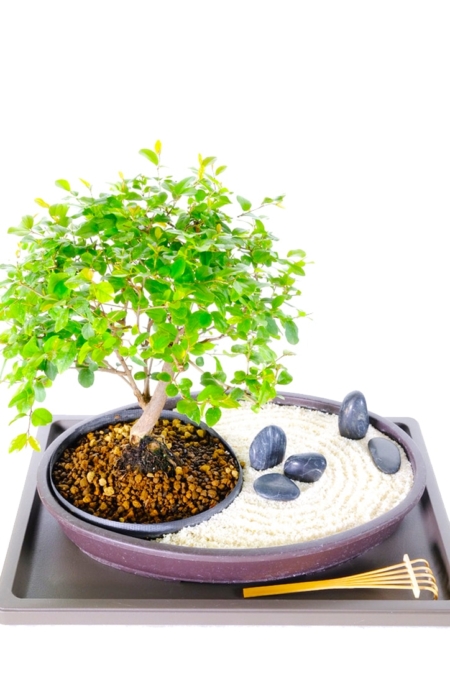 Zen Bonsai Garden – SERENITY£75.00
Zen Bonsai Garden – SERENITY£75.00 -
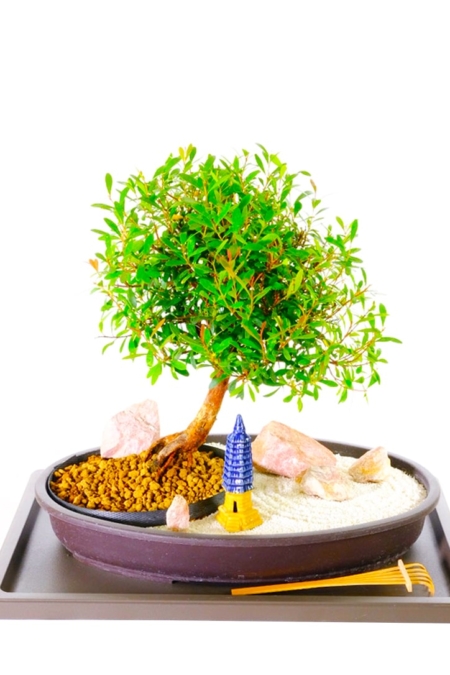 Zen Bonsai Garden – INSPIRATION£85.00
Zen Bonsai Garden – INSPIRATION£85.00 -
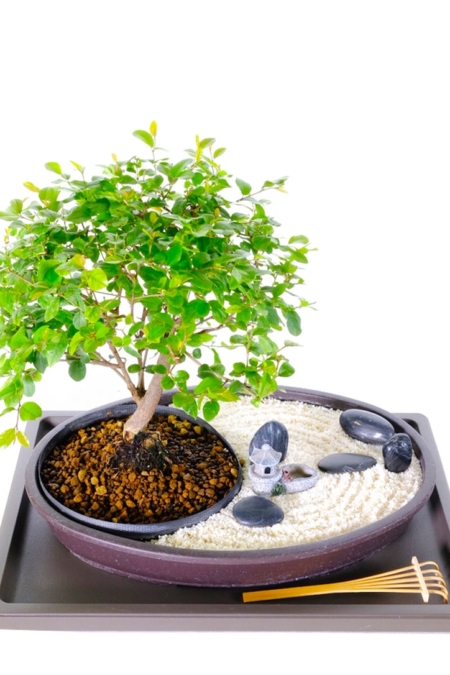 Zen Bonsai Garden – REFLECTION£85.00
Zen Bonsai Garden – REFLECTION£85.00 -
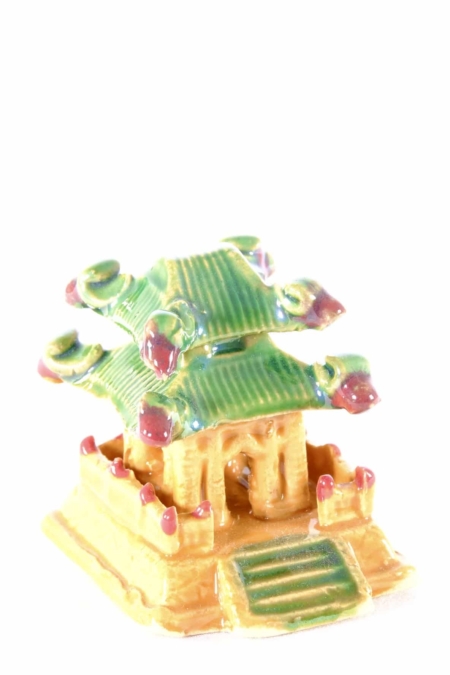 Glazed Oriental Temple for Zen Gardens – Two-Tiered Square Temple£10.99
Glazed Oriental Temple for Zen Gardens – Two-Tiered Square Temple£10.99 -
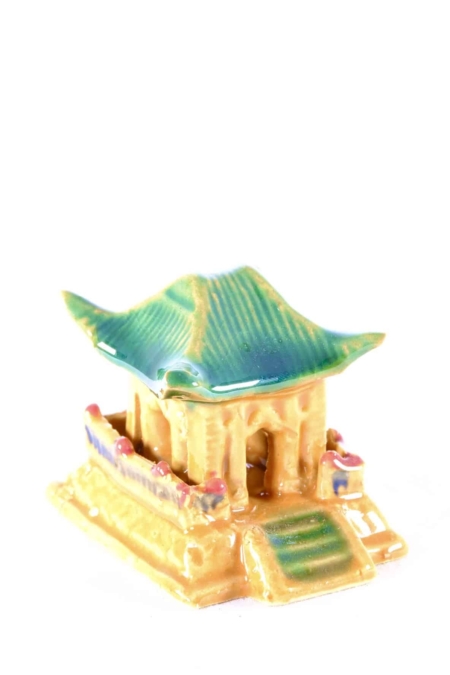 Glazed Oriental Temple for Zen Gardens – Square Temple with Upturned Eaves£10.99
Glazed Oriental Temple for Zen Gardens – Square Temple with Upturned Eaves£10.99 -
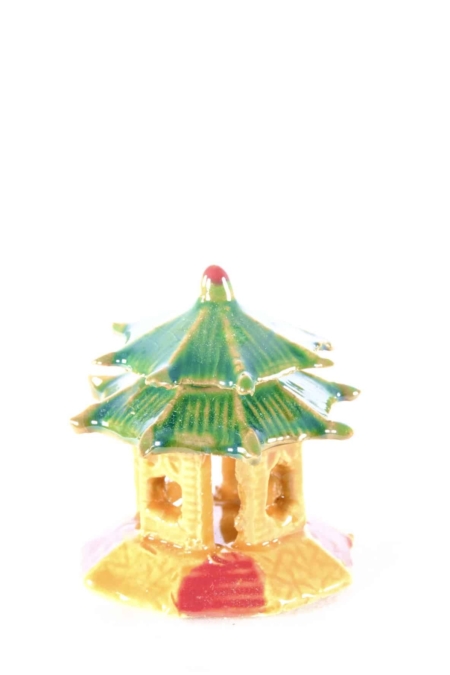 Glazed Oriental Temple for Zen Gardens – Octagonal Pavilion£10.99
Glazed Oriental Temple for Zen Gardens – Octagonal Pavilion£10.99 -
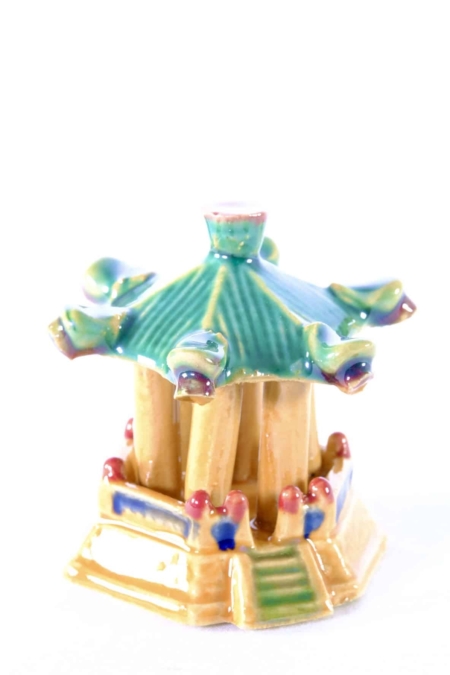 Glazed Oriental Temple for Zen Garden – Hexagonal Temple£10.99
Glazed Oriental Temple for Zen Garden – Hexagonal Temple£10.99 -
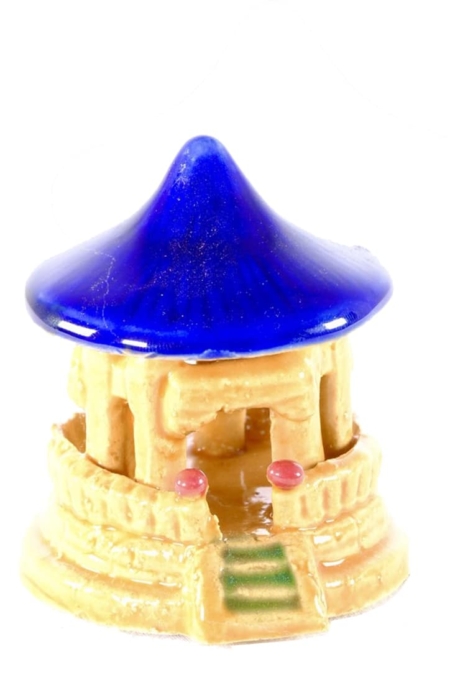 Glazed Oriental Temple for Zen Garden – Blue Roofed Temple of Heaven£10.99
Glazed Oriental Temple for Zen Garden – Blue Roofed Temple of Heaven£10.99


